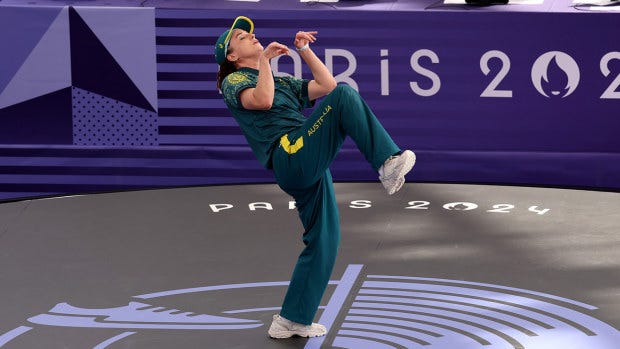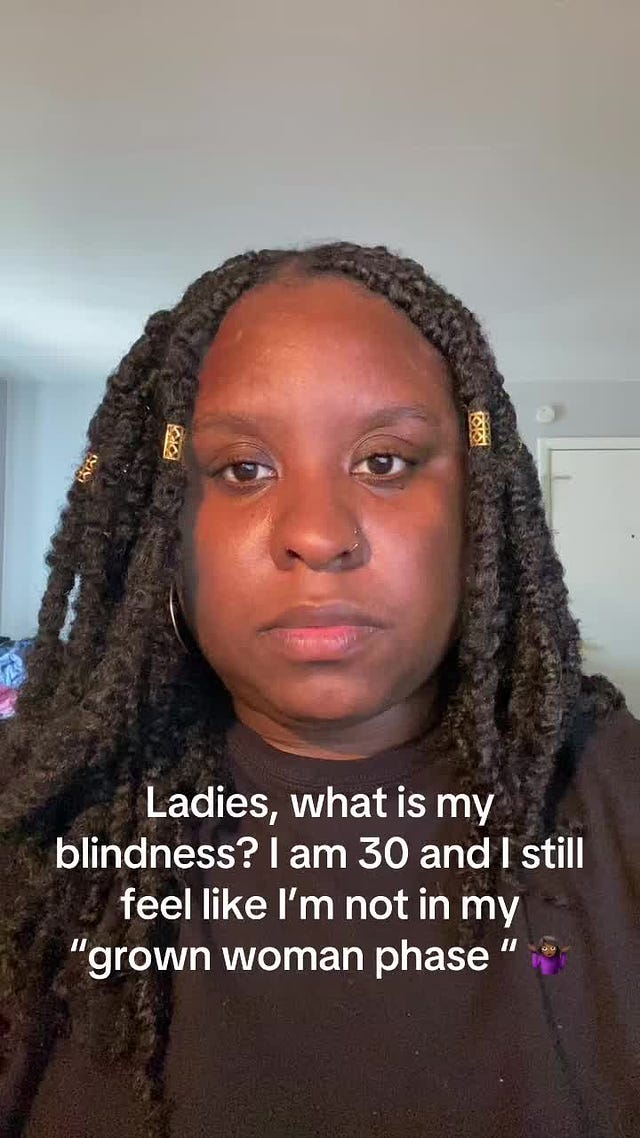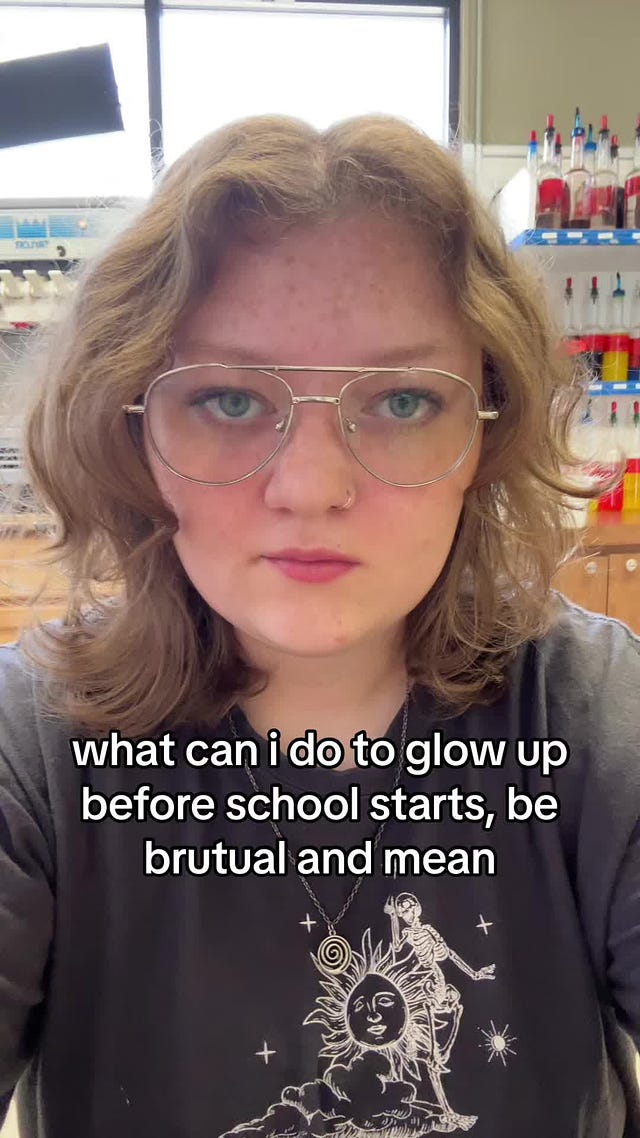Crowdsourced Beauty
What happens when creator's make vulnerable requests for beauty advice on TikTok?
In today’s post:
Q (not) A Beauty & Pop Culture Questions
The Full Beat Crowdsourced Beauty: What happens when creator's make vulnerable requests for beauty advice on TikTok?1
Did Tiktok’s favorite beauty chemist, Javon Ford crack the code on a blush that works for everyone? In this article, Ford talks about being inspired to create an innovative and inclusive beauty product for all skin tones. The gel-to-oil formula comes in three different shades that compliment various shades and skin textures.
Will I ever get tired of learning about the beauty history of 90s TV classics? Absolutely not. In fact, whenever Erika Alexander talks about how her Nu Locs hairtsyle informed her character, Maxine Shaw, Esq., I’ll stop and listen.
What was going on during the Olympic breakdancing competition? The Cut offered a very generous reading of the occurrence, specifically Dr. Raygun. Girl.
In a TikTok microtrend, a creator shares a closeup video of her face. She moves the camera around her face, and in the caption or text overlay asks viewers for beauty advice and recommendations. It is presumed that she will receive responses from a majority female audience. Unlike other popular videos that (1) transition to a creator who is “done up” by the end of the video, or (2) one who is showing her “unpretty” self to market a product or service, this appears to be a genuine request for help.
In these videos, the creator acknowledges that she would like to enhance her beauty in some ways, but she isn't sure how. This communal approach to beauty advice is a recreation of the “besties in the bathroom” experience. For the uninitiated, there is a long held appreciation of meeting women in bathrooms and bonding with them by giving compliments and sharing beauty tips.
In these beauty advice videos there is a request for advice from neutral sources who are may not gain financially if the creator takes the advice or buys the product. Much like the interactions in the women's bathroom the comments are uplifting, complimentary, & given with the intention of helping the requester feel better about herself.
This microtrend reflects a slight, but positive shift in beauty content. In recent months there were videos of women who insisted they don't look their age which generated a lot of negative feedback. In some cases women who are 30+ lead with their age and appear to want to ensure that they are still on par with current beauty trends.
Note: Not all participants are 30+, some are in or approaching their early 20s.
The comments on these videos are largely positive and helpful. For example recommend the requester “try a brow tint,” “consider a red lip,” or “add more blush.”
These videos also reflect a turn away from what I once referred to as pillars of beauty standards, the Performance Prerequisite and Penance Party. Now, I understand them as pillars of modern beauty content.
The Performance Prerequisite refers to the act of changing one’s appearance in detailed skincare routines, sweaty gym videos, or making tedious dressing for neatly portioned salmon salads. Penance Party is the belief that whatever we dislike about ourselves is an unfair punishment to those around us.
 Tiktok failed to load.
Tiktok failed to load.Enable 3rd party cookies or use another browser
In this communal beauty trend, there is no shameful or overtly self-deprecating component. There appears to only be an interest in receiving and providing helpful recommendations. And, as the recommendations aren’t from any particular brand or brand partner, the participant can circumvent ads disguised as content.
The creator is rewarded for her vulnerability and willingness to accept feedback. In “Optimal Beauty Standards” I shared “DIY girlies are not only rewarded for “doing” beauty work but for sharing the laborious processes with their followers.” The beauty work at hand includes sharing the video and revealing potential “flaws” to viewers and applying the advice.
No beauty (micro)trend truly upends the beauty standards we are held to. How could we, when we did not create those standards for ourselves.





